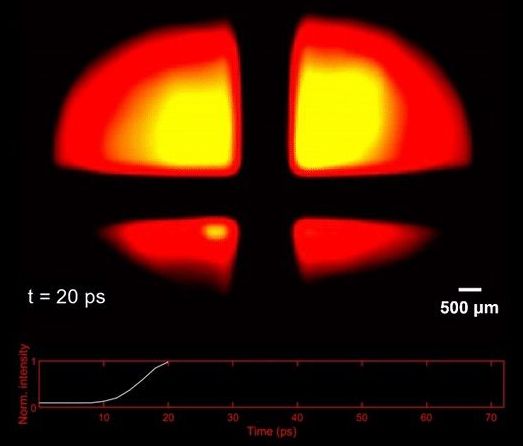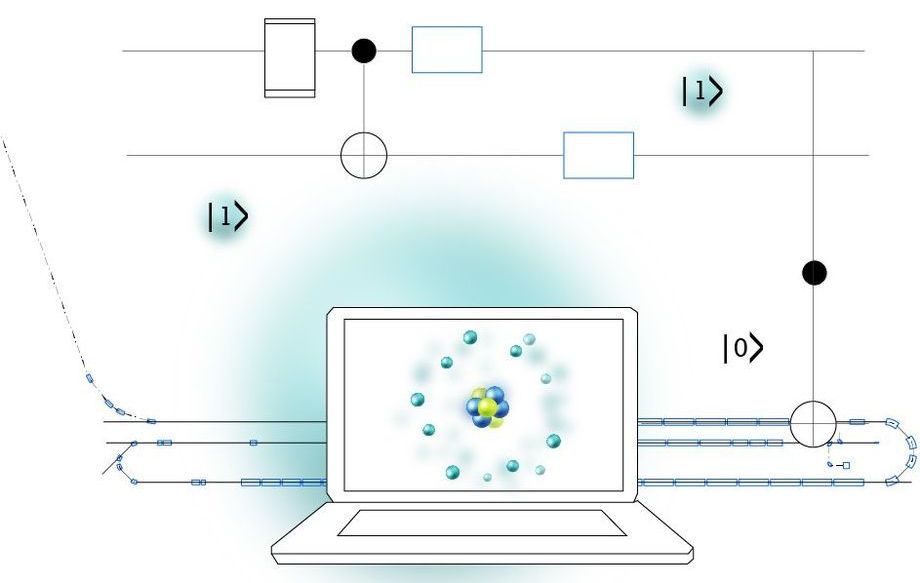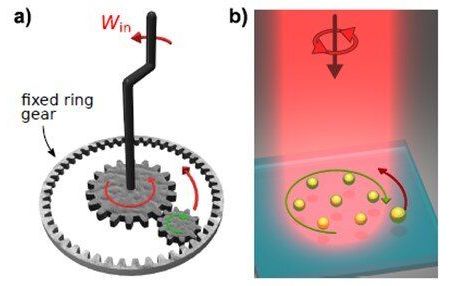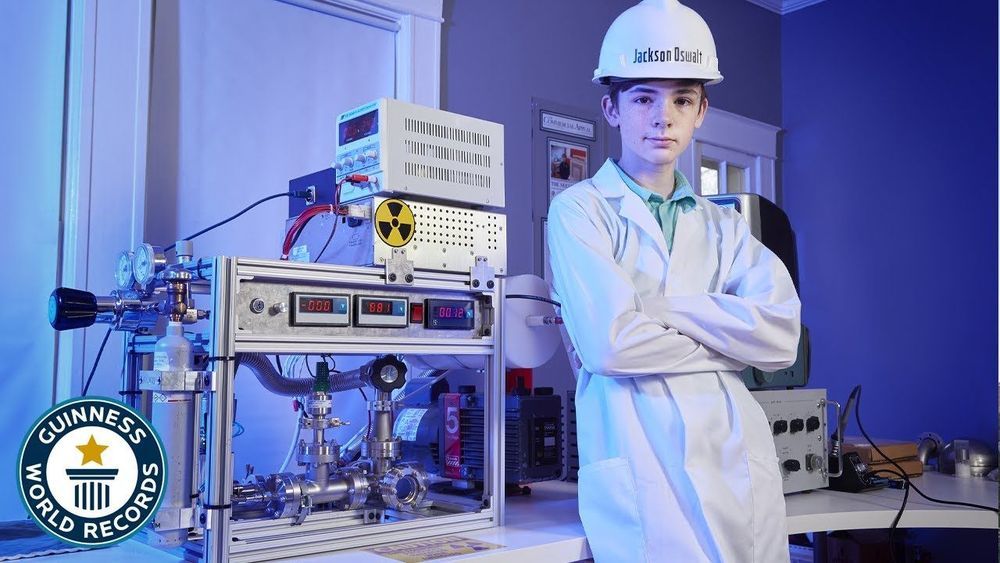As tiny particles traveling at the speed of light, it’s going to take a serious machine to capture photons in action, and an international team of researchers have just pieced together one that is very much up for the job. Dubbed the world’s fastest UV camera, the device is capable of capturing ultra-fast events lasting just a picosecond, quick enough to see UV photons fly through the air in real time.
The device is the handiwork of Canada’s Institut National de la Recherche Scientifique (National Institute of Research) and goes by the name of UV-CUP (compressed ultrafast photography). CUP is an emerging imaging technique that has been used to capture ultrafast events at speeds measured in trillions of frames a second, but has so far been limited to visible and near-infrared wavelengths.
“Many phenomena that occur on very short time scales also take place on a very small spatial scale,” says Jinyang Liang, who led the study. “To see them, you need to sense shorter wavelengths. Doing this in the UV or even X-ray ranges is a remarkable step toward this goal.”









